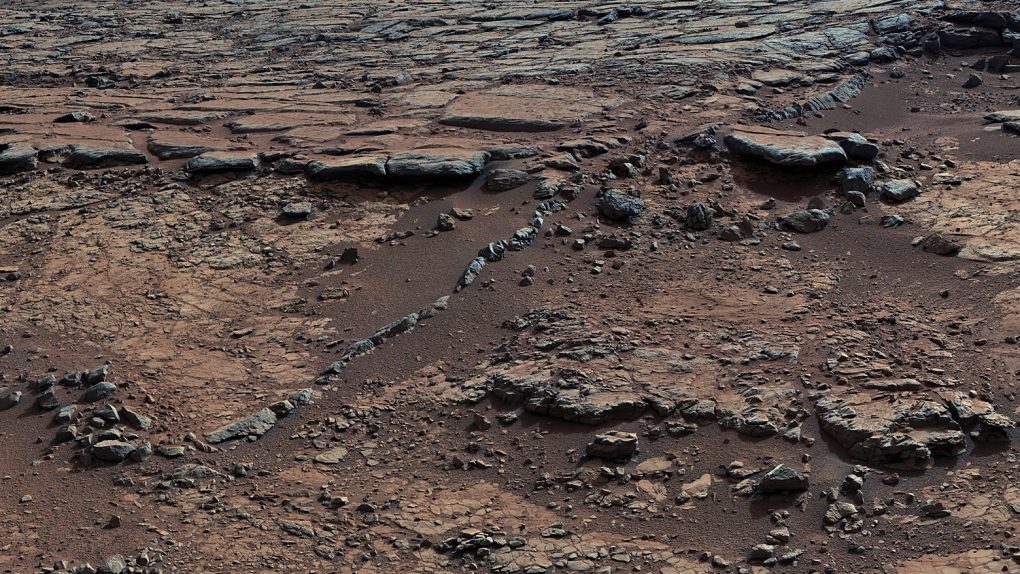When NASA’s Mars 2020 rover eventually arrives at the Red Planet in early 2021 it will be the most advanced piece of hardware the space agency has ever sent to another world. It’s absolutely packed with tools and sensors that will send a wealth of data back to Earth, and it should teach scientists a lot of new and exciting things about our dusty orange neighbor.
But let’s be honest, there’s only one thing that will truly change the way we all look at Mars, and that’s the confirmation of past Martian life. The Mars 2020 rover is well equipped to search for evidence of ancient life near the shores of the massive lake bed where the rover will land.
In a new paper published in the journal Icarus, researchers reveal that the inner rim of the Jezero crater is likely rich in minerals called carbonates. It’s the same kind of material found in seashells as well as coral and other hardy structures created by microscopic life forms.
Some 3.5 billion years ago, Jezero was a vast lake, and if life existed on the Red Planet during that time period there may still be tiny fossils left for us to find. This “bathtub ring” around the crater where carbonates are plentiful could provide the evidence scientists need to declare that life did indeed once exist on Mars, and that’s an incredibly exciting development.
“The possibility that the ‘marginal carbonates’ formed in the lake environment was one of the most exciting features that led us to our Jezero landing site,” Ken Williford of NASA’s Jet Propulsion Laboratory explains. “Carbonate chemistry on an ancient lakeshore is a fantastic recipe for preserving records of ancient life and climate. We’re eager to get to the surface and discover how these carbonates formed.”
The Mars 2020 mission is slated to launch in the summer of 2020, with the rover itself landing on Mars in late February of the following year.








